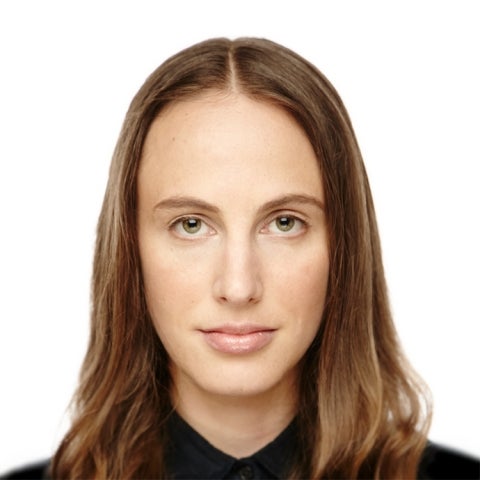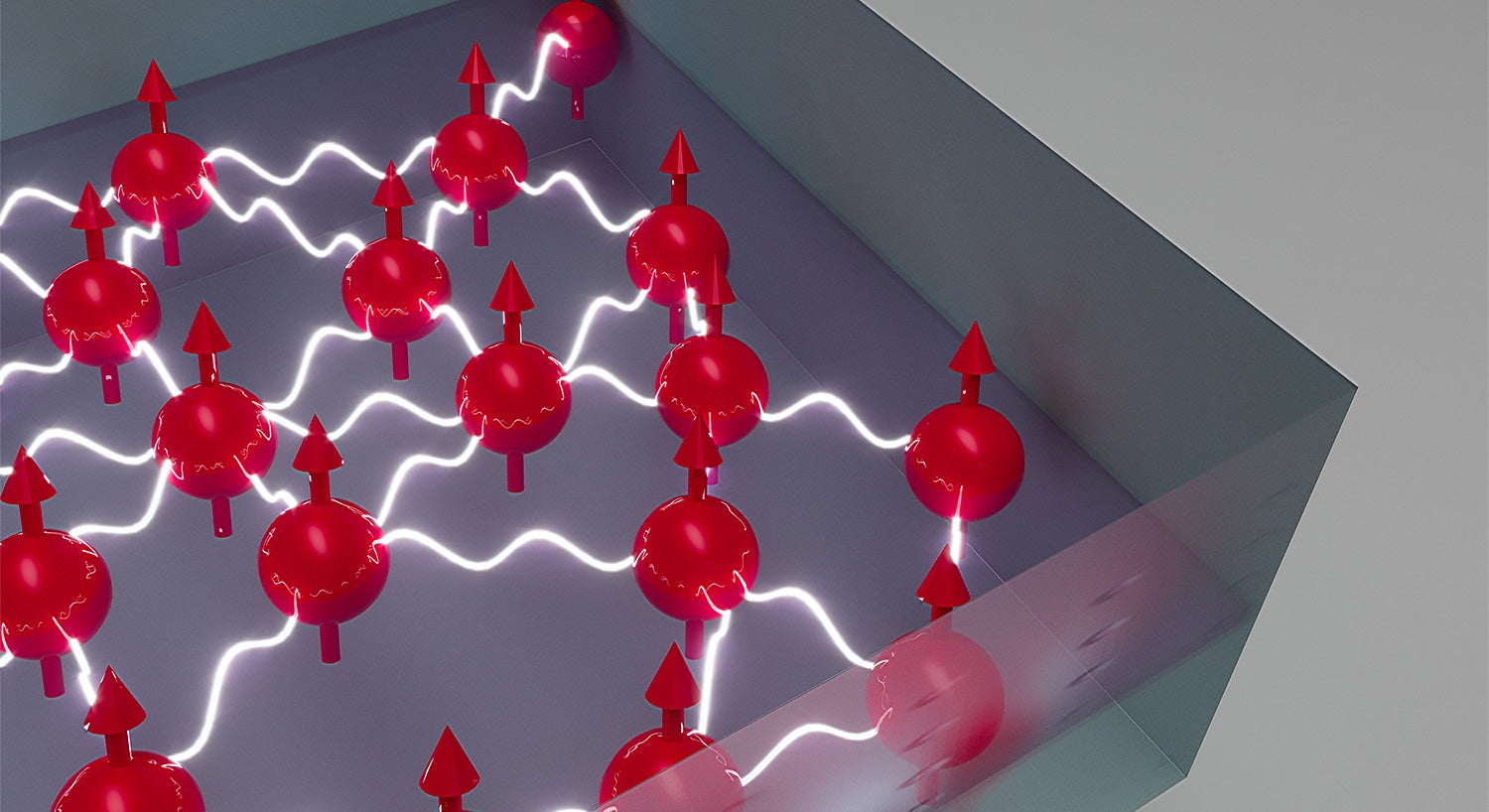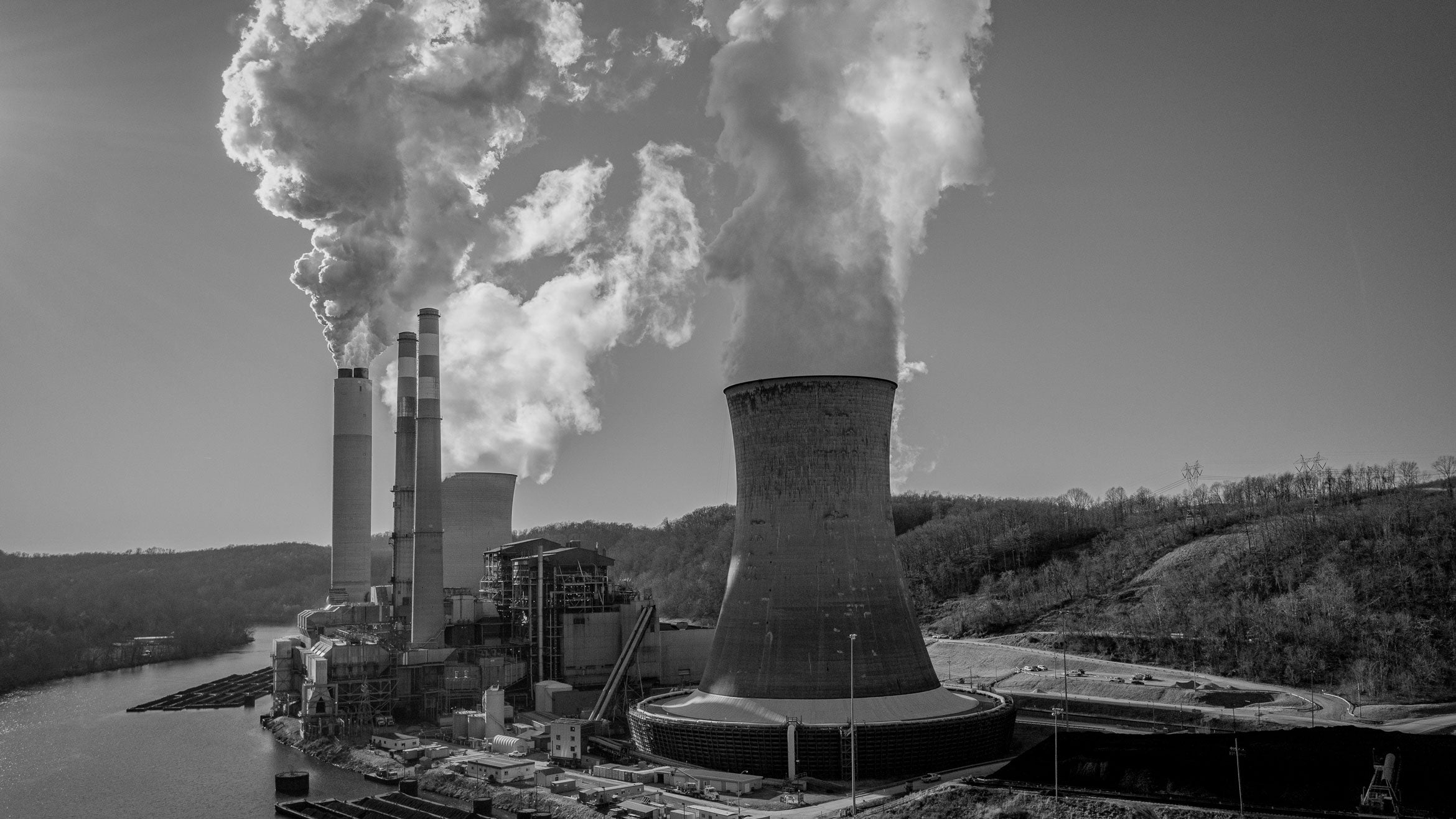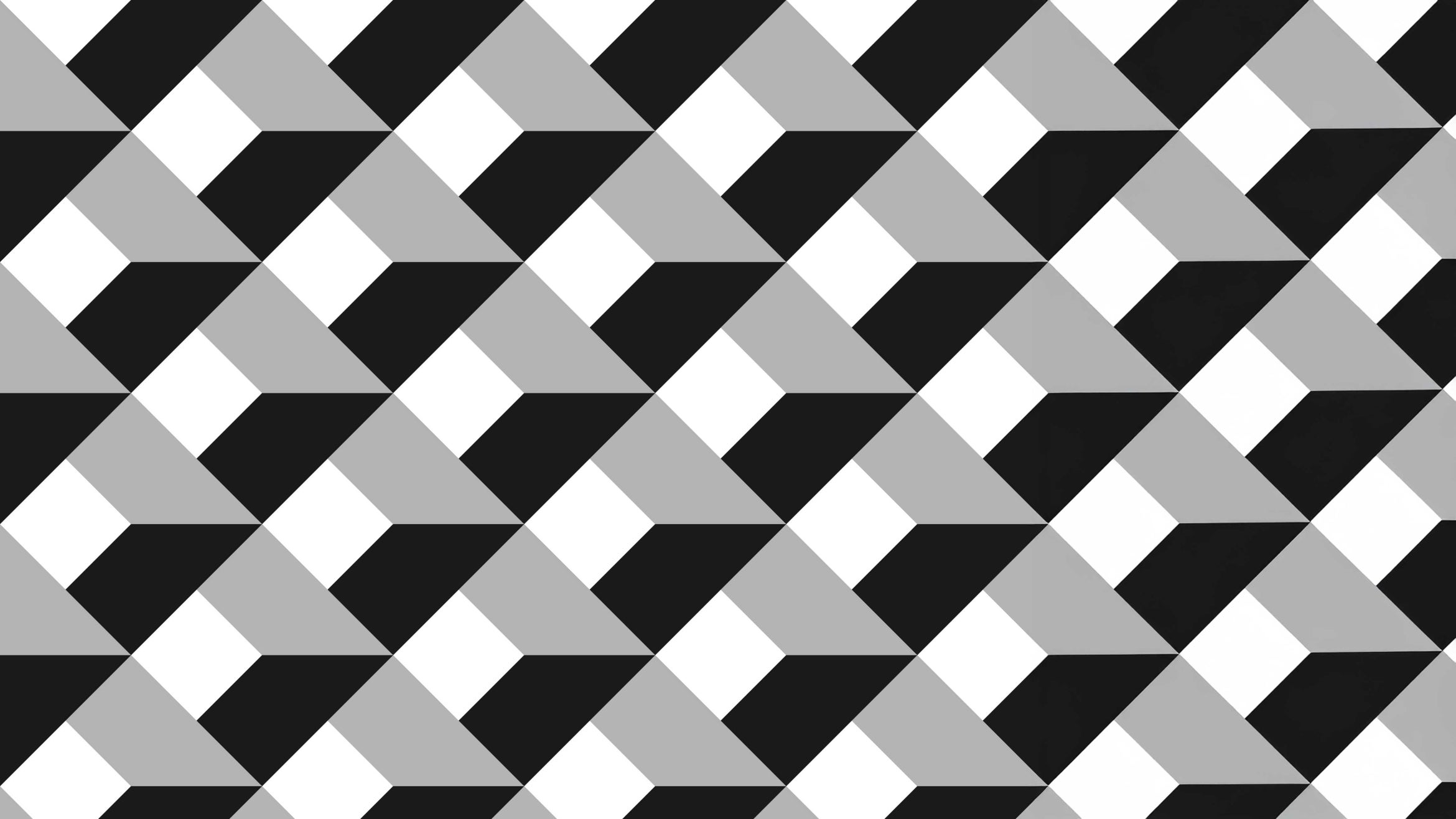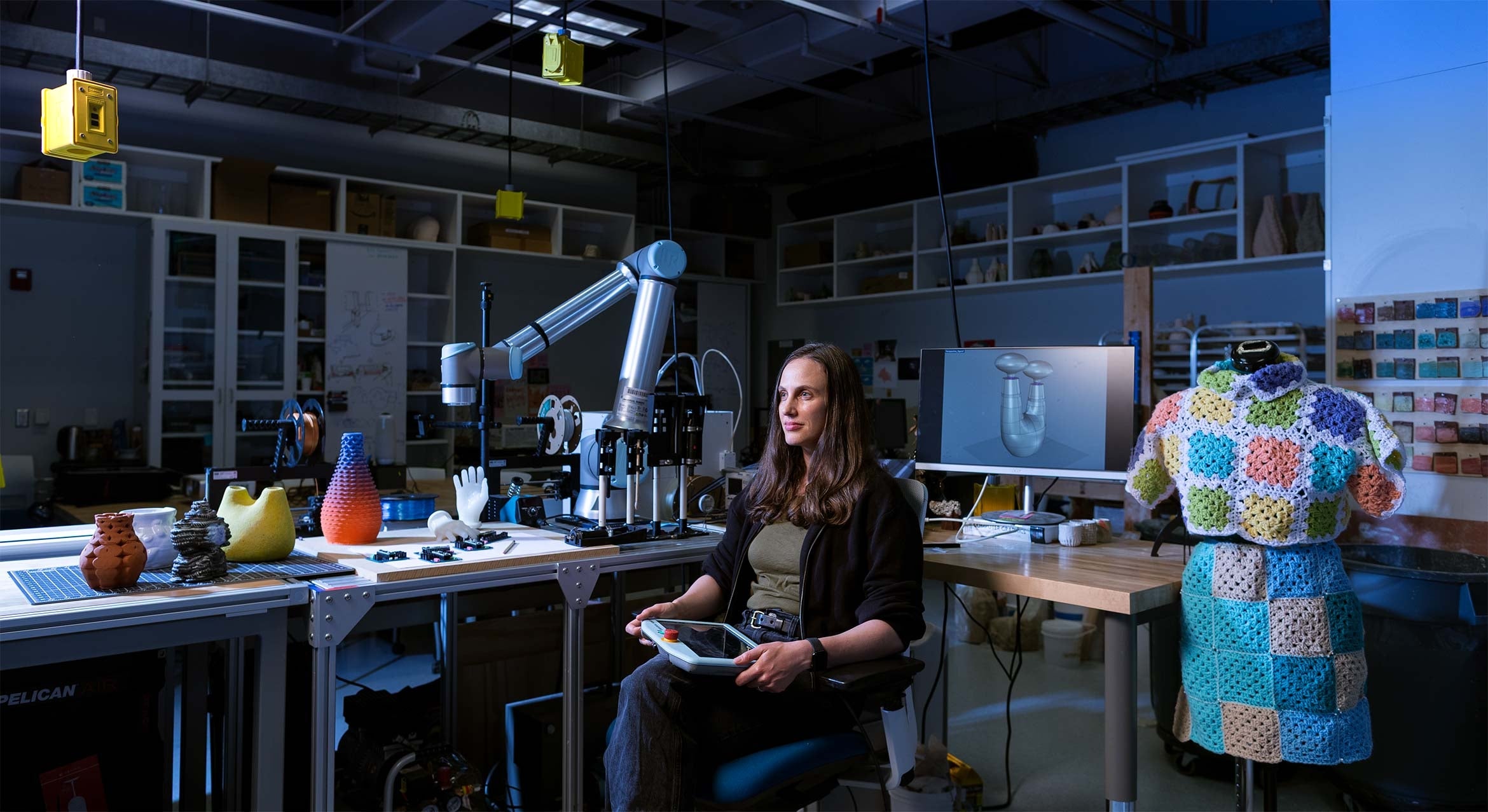
Making automation more human through innovative fabrication tools
The boundary between automation and human creative production is shifting as new possibilities emerge in digital fabrication.
Among those leading this transformation is Jennifer Jacobs, assistant professor in the Media Arts and Technology Program at UC Santa Barbara, who has received a prestigious CAREER Award from the National Science Foundation to pioneer fabrication systems that respond dynamically to human input, material behavior and domain expertise.
The $680,000 award supports a five-year project to redefine how manufacturers, researchers and designers interact with machines like 3D printers and CNC mills. Instead of locking users into rigid, pre-programmed workflows, Jacobs envisions tools that foster improvisation, expertise and adaptation.
“Digital fabrication has enormous potential, but the way we interact with these machines hasn’t evolved much beyond industrial manufacturing,” Jacobs said. “We want to rethink how people work with machines, not by simplifying what the user can do but by designing tools that adapt to how people actually make things.”
Today, most digital fabrication workflows require users to model designs in specialized software and convert them into instructions that a machine executes automatically. While precise, this process leaves little room for the kind of real-time feedback, learning and hands-on knowledge that skilled makers bring to their work, especially when working with complex or sensitive materials.
Jacobs’ research focuses on changing that. By designing systems that blend manual and automated operations, her lab enables creators to intervene during fabrication, adjusting variables mid-print, responding to material behavior and even drawing or demonstrating toolpaths in physical space.
For example, in Jacobs’ Expressive Computation Lab, her team works in clay 3D printing. While the hardware and software of a clay printer closely resemble that of a plastic printer, the material behaves very differently. Clay shifts with humidity, reacts to changes in speed and requires constant attention. Jacobs’ lab, in collaboration with Ilan Moyer at MIT, developed a control system that allows users to fine-tune the flow of clay or adjust the print geometry in real time, creating a more flexible and intuitive fabrication process. In one project, they reimagined a clay printer to resemble a pottery wheel, merging traditional craft practices with digital controls.
“We’re not trying to replace hands-on expertise,” Jacobs said. “We’re trying to create systems that honor and incorporate it.”
This vision guided her NSF proposal, which calls for the development of new control methods, machine architectures and design tools for domain-specific digital fabrication. Rather than treating machines as one-size-fits-all, Jacobs wants to support workflows tailored to specific industries, including occupational therapy, product design and construction.
“We’re especially interested in supporting people who already know something about making,” she said. “They’re not novices, but the tools available to them don’t reflect how they work.”
The CAREER Award also supports an educational mission. Jacobs plans to engage students from UCSB and local public schools in computer science and entrepreneurship through hands-on fabrication projects. During the pandemic, her lab distributed low-cost 3D printers to UCSB students, prompting a wave of experimentation with materials, machine settings and new applications.
Her work also contributes to understanding who uses digital fabrication and how. A previous grant from the National Science Foundation supported her research into the real-world use of clay 3D printers. Her team found that while the technology is gaining traction in construction and design, its adoption in traditional ceramics studios remains limited — partly because of the complexity of the tools and the difference between digital and analog practices.
By making digital fabrication more responsive to the ways people already work, Jacobs hopes to make it more powerful for domain professionals.
“You can think of this as the next step in personal computing,” she said. “Just like software environments became customizable based on whether you were a musician or a writer or a scientist, we want to make fabrication tools that people can adapt to their specific professions or workflows. That’s when we’ll start to see the full potential of digital fabrication.”
